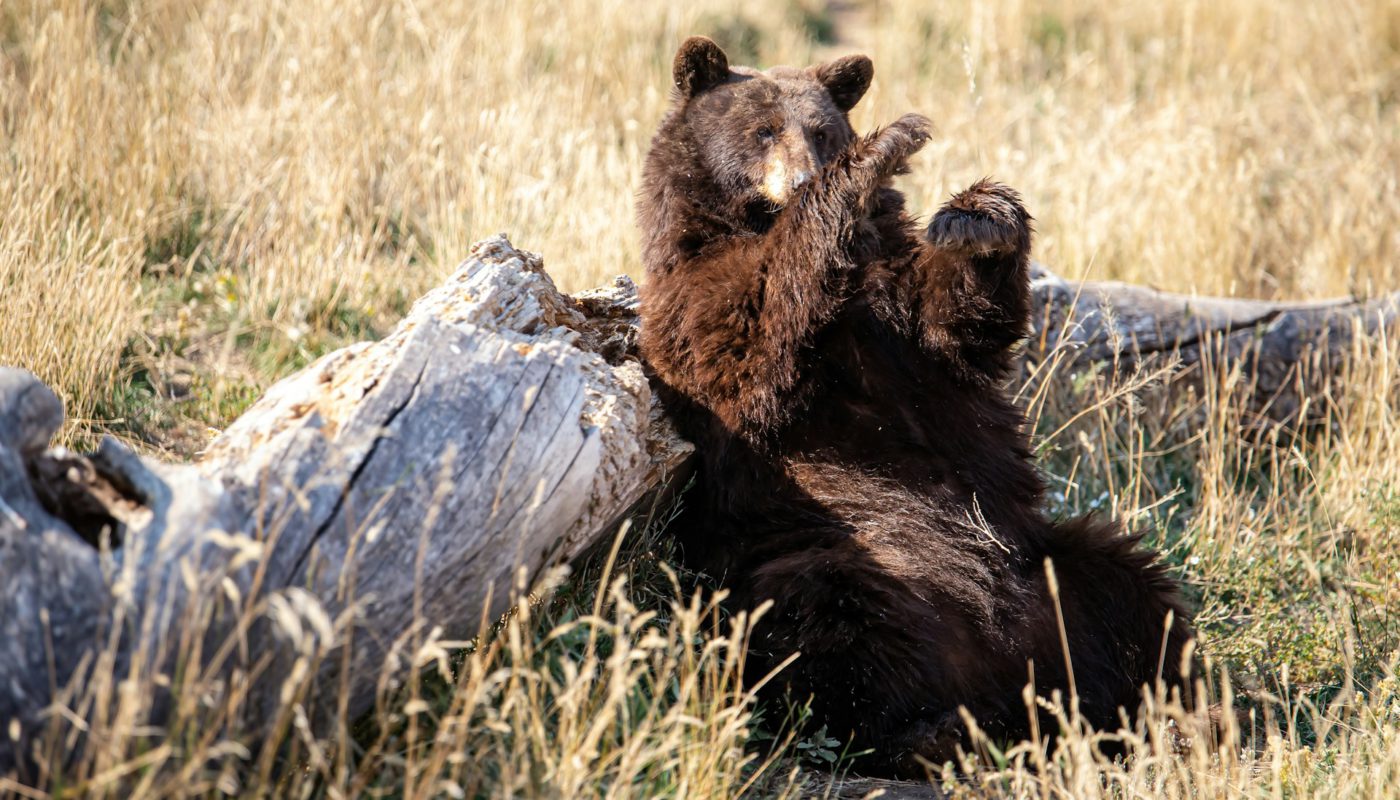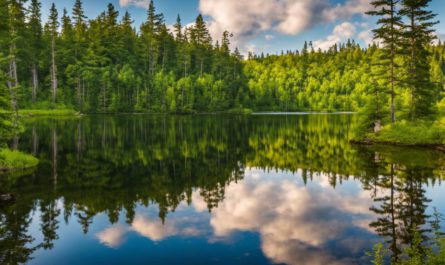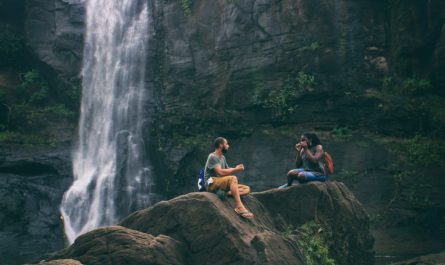Venturing into bear territory? Arm yourself with essential Bear Safety Tips. This article delves into the differences between black and grizzly bears, their behaviors, and how these affect safety strategies. Stay informed, prepared, and respectful to ensure a safe and enjoyable outdoor experience.
Table of Contents
Understanding Black Bears and Grizzly Bears
When it comes to bear encounters, the level of danger often depends on the species involved. Black bears and grizzly bears are two of the most recognized bear species in North America, and they differ significantly in behavior, habitat, and potential for aggression. Understanding these differences is crucial for outdoor enthusiasts, residents in Bear Country, and anyone interested in wildlife safety.
Characteristics of Black Bears
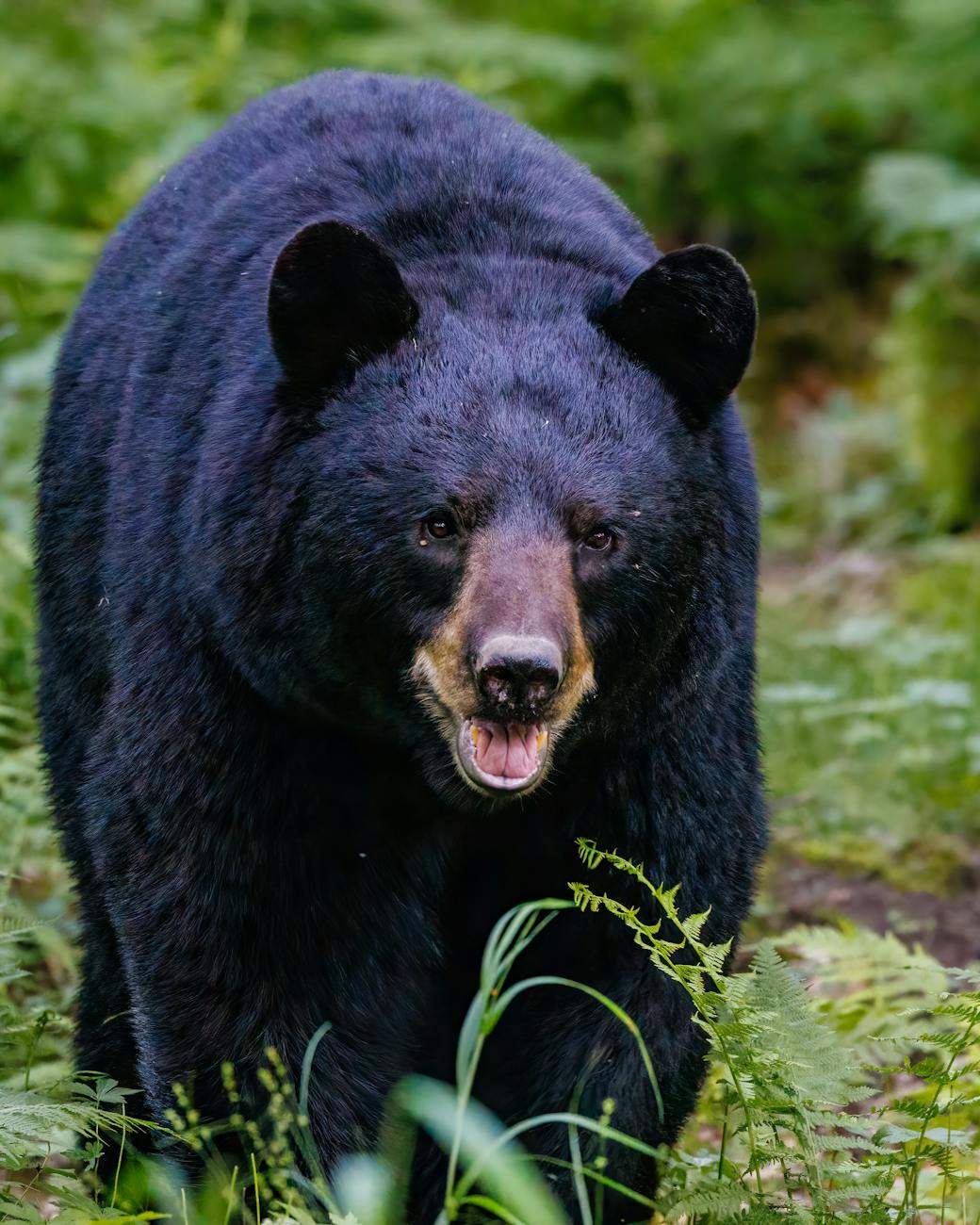
Black bears (Ursus americanus) are the most common and widely distributed bear species in North America. Here are some key points about black bears:
– Size and Color: They are smaller than grizzlies, with males averaging around 250 pounds, although they can vary in color from black to cinnamon and even white in rare cases.
– Habitat: Black bears prefer forested areas and are more adaptable to different environments.
– Diet: They are omnivorous, with a diet consisting mostly of plants, fruits, nuts, insects, and occasionally small mammals.
– Behavior: Black bears are generally less aggressive and more likely to flee than to confront humans.
Characteristics of Grizzly Bears
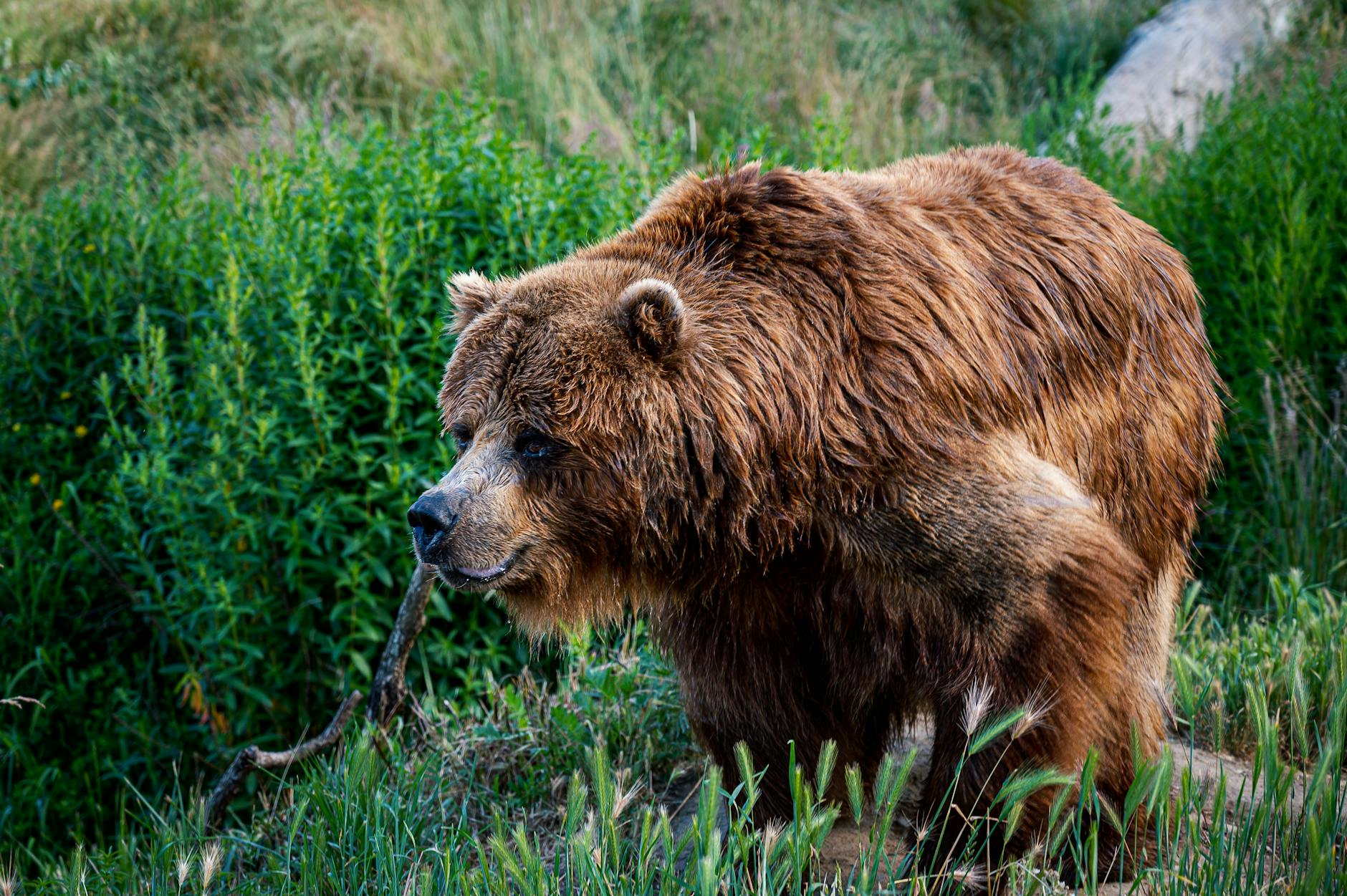
Grizzly bears (Ursus arctos horribilis), also known as brown bears, have distinct traits that set them apart:
– Size and Color: Grizzlies are larger, with males averaging around 600 pounds, and have a distinctive hump on their shoulders.
– Habitat: They are found in more open landscapes such as coastal areas, alpine meadows, and mountain forests.
– Diet: Grizzlies have a similar omnivorous diet but are more likely to prey on larger mammals, including elk and deer.
– Behavior: They are more territorial and can be more aggressive, especially when surprised or when protecting cubs.
Comparing the Danger Levels
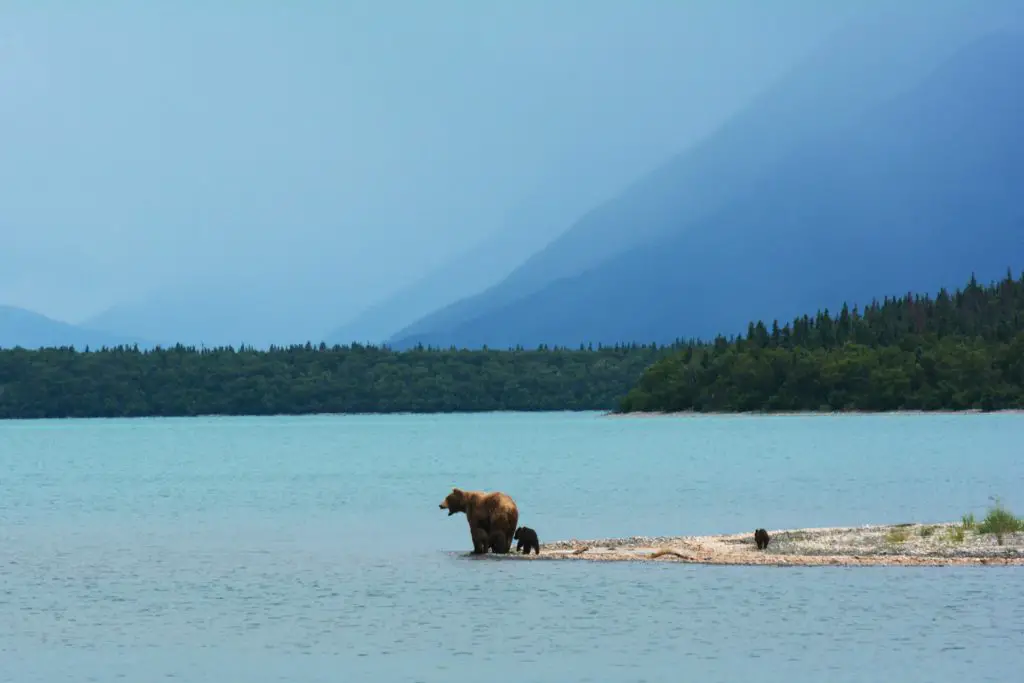
Black Bear Encounters
Black bears are generally less aggressive than grizzly bears. They tend to avoid humans and will often retreat if given an escape route. However, black bears can become habituated to human food sources, leading to more frequent encounters. In such cases, they may lose their natural fear of humans, which can lead to problematic behavior.
Grizzly Bear Encounters
Grizzly bears are more likely to stand their ground and may charge if they feel threatened. They are particularly defensive of their young and during the fall when they are bulking up for hibernation. Grizzly bear attacks, although rare, tend to be more serious due to their size and strength.
Statistics and Case Studies
– Attack Frequency: According to the North American Bear Center, black bears have attacked 64 people in the U.S. and Canada between 1900 and 2009, with most of these incidents resulting in minor injuries. In contrast, grizzly bears have been involved in fewer but more severe attacks.
– Fatalities: The International Association for Bear Research and Management reports that grizzly bears are responsible for more fatalities in North America than black bears.
– Notable Incidents: The infamous 1967 “Night of the Grizzlies” in Glacier National Park resulted in two fatal grizzly bear attacks in one night, highlighting the potential danger of these animals when food-conditioned or surprised.
Safety Precautions

Regardless of the species, it is essential to take precautions in bear country:
– Bear Awareness: Educate yourself about bear behavior and how to respond in an encounter.
– Proper Food Storage: Use bear-proof containers and dispose of waste properly to avoid attracting bears.
– Carry Bear Spray: Bear spray has been shown to be an effective deterrent in bear encounters.
– Travel in Groups: Groups are less likely to surprise a bear and can be more intimidating to a bear that may be considering an approach.
Final Thoughts on Bear Safety Tips
While both black bears and grizzly bears can threaten humans, grizzly bears are generally considered more dangerous due to their size, strength, and territorial nature. However, the likelihood of a bear attack is low for both species, especially when proper precautions are taken. Respecting these majestic creatures and their habitats while enjoying the great outdoors is essential. By understanding bear behavior and taking the necessary bear safety tips, we can coexist peacefully with black and grizzly bears.
Respecting bear habitats and understanding bear behavior are key to safety. Whether encountering black or grizzly bears, informed actions and preparedness make all the difference. Remember, our adventures in nature should be safe, respectful, and harmonious with the wildlife we encounter.
FAQs For Bear Safety Tips
What should I do if I encounter a black bear?
If you encounter a black bear, avoid surprising it, speak calmly, and slowly back away while avoiding direct eye contact.
Are grizzly bears more dangerous than black bears?
Grizzly bears are generally considered more dangerous due to their size, strength, and territorial nature, but all bear encounters require caution.
How can I prevent bear encounters?
Store food properly, dispose of waste correctly, and make noise while hiking to reduce the likelihood of surprising a bear.
Video: The Moment two grizzly bears followed a group of hikers in Banff
Bear Safety Tips Related Reading
A Black Bear Encounter Can Change Your Life
7 Tips for Black Bear Preparedness in the Boundary Waters – BWCA
Lost in the Wilderness – 5 Expert Tips on How to Survive and Find Your Way Back
